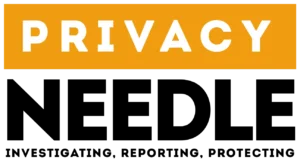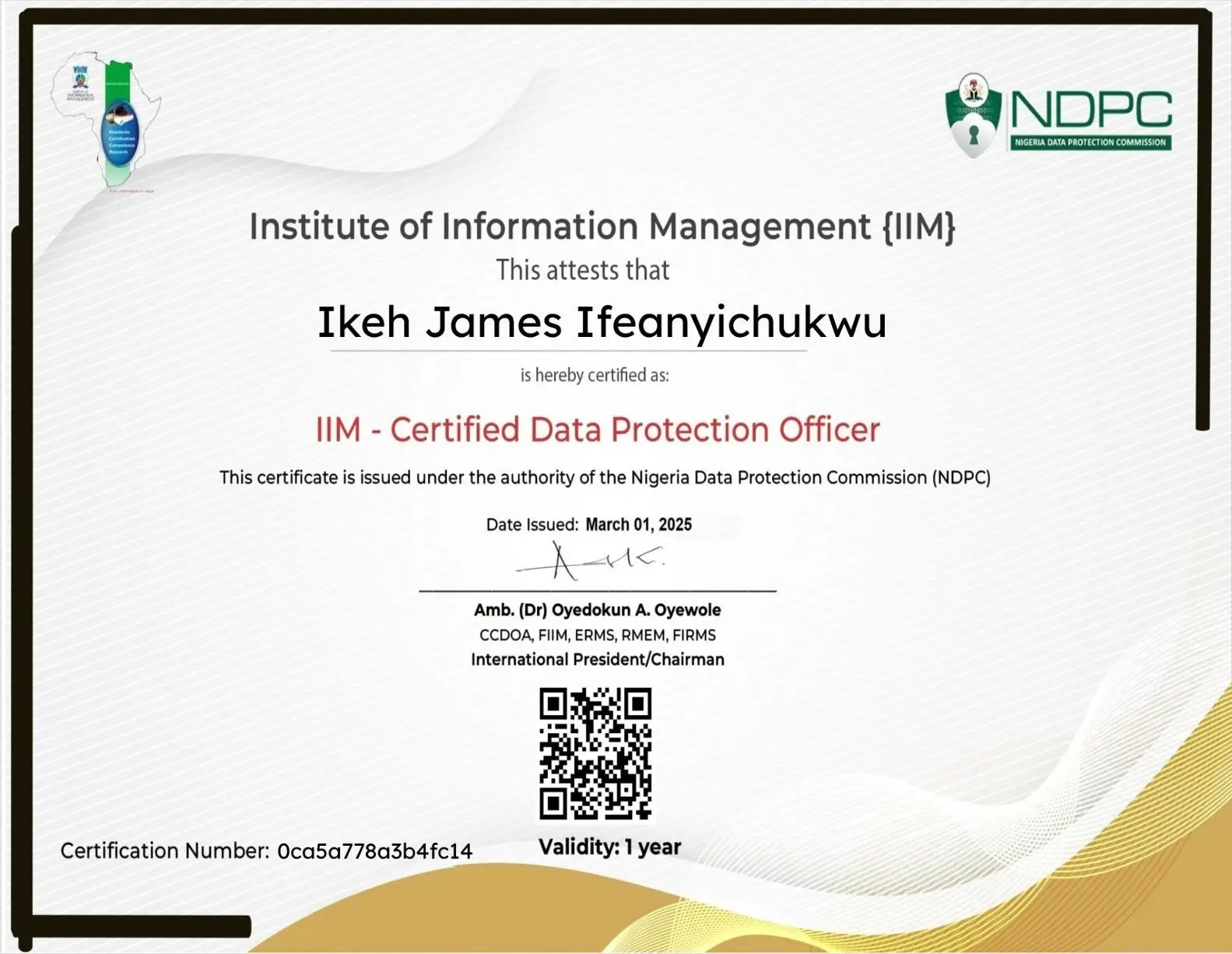Right to Data Portability Explained: Giving Users Control Over Their Information
Share

In a world where personal data has become the new currency, one of the most empowering yet misunderstood privacy rights is the Right to Data Portability. This right gives individuals the power to move, copy, or transfer their personal data from one organization to another — securely, easily, and without losing control.
But what exactly does this right mean in practice? How can users exercise it, and what responsibilities do businesses have under global privacy laws? Let’s explore.
Why Data Portability Matters Today
Every click, subscription, or online purchase generates data. Over time, this information creates a digital identity — a detailed profile of your behavior, interests, and preferences. However, until recently, this data was largely locked within the systems of the companies that collected it.
The Right to Data Portability changes that. It restores balance by allowing individuals to take their personal data elsewhere, fostering competition, innovation, and user empowerment. In simple terms, it’s your digital passport — one that lets you decide who holds your information and where it goes.
What Is the Right to Data Portability?
The Right to Data Portability was formally introduced under Article 20 of the EU General Data Protection Regulation (GDPR). It gives individuals the right to:
- Receive their personal data in a structured, commonly used, and machine-readable format, and
- Transmit that data to another controller without hindrance.
This means you can, for example, export your contacts from one email provider and import them into another, or move your playlist from Spotify to Apple Music.
It’s about choice and control — ensuring your data is not held hostage by a single service.
The Legal Foundation of Data Portability
Several global data protection frameworks now recognize this right.
| Law/Region | Provision | Scope of Data Portability |
|---|---|---|
| GDPR (EU) | Article 20 | Individuals can receive and transfer their personal data in a structured format. |
| UK GDPR | Article 20 | Mirrors the EU GDPR post-Brexit. |
| Nigeria’s NDPA (2023) | Section 32 | Grants data subjects the right to move their data between controllers. |
| California CCPA/CPRA | Section 1798.100 | Provides access and transfer rights for personal data. |
| Brazil’s LGPD | Article 18 | Recognizes portability rights similar to GDPR. |
The idea behind these laws is simple: personal data belongs to the individual, not the organization.
What Type of Data Is Covered?
The right to data portability applies only to certain categories of data:
- Data you provided directly — for example, your name, email address, and uploaded documents.
- Observed data — information collected through your use of a service, like search history or location data.
- Excluded data — any information that has been inferred or derived by the organization (such as predictive analytics or profiles created by AI).
This distinction ensures portability doesn’t expose business trade secrets while still empowering users.
Real-World Examples of Data Portability
To understand its impact, let’s look at a few real-life cases:
- Music Streaming: Users can move playlists between platforms like Spotify and Apple Music using portability tools.
- Social Media: Facebook’s “Download Your Information” tool lets users export photos, messages, and posts.
- Finance: Open banking in Europe and Nigeria allows users to securely share their banking data with other financial service providers to access better rates or credit options.
These examples demonstrate how portability enhances user freedom and industry competition.
How Users Can Exercise Their Right to Data Portability
Here’s a step-by-step guide to making a portability request:
- Identify the controller – Find the organization currently holding your data (e.g., Google, Facebook, your bank).
- Submit a formal request – Usually done via the company’s privacy portal or data protection contact.
- Verify your identity – Companies must confirm it’s really you making the request.
- Receive your data – It should be delivered in a readable, machine-friendly format (like CSV, JSON, or XML).
- Transfer to another provider – You may request the controller to send your data directly to another organization, if technically feasible.
Under GDPR, companies have one month to respond to such requests — though complex cases may take up to three months.
What Businesses Must Do to Stay Compliant
For organizations, the right to data portability is not optional. It’s a legal and ethical obligation that requires planning and infrastructure.
Here’s what compliance looks like:
- Build export functionality – Include “download my data” options in privacy dashboards.
- Ensure secure transfer – Use encryption and verification to protect data in transit.
- Document all requests – Keep logs to demonstrate compliance.
- Train your teams – Data Protection Officers (DPOs) and IT staff should understand how to handle requests properly.
- Be transparent – Update your privacy policy to explain how users can exercise this right.
Failing to comply could result in fines and loss of user trust — both costly for any business.
Challenges and Limitations
While the right to data portability is revolutionary, it comes with hurdles:
- Technical interoperability – Different systems use varying data formats and standards.
- Security risks – Transferring data between platforms can expose it if not encrypted properly.
- Third-party data – Portability must not infringe on others’ privacy.
- Legal conflicts – Balancing portability with intellectual property rights and confidentiality clauses.
Organizations must therefore design systems that balance user freedom with responsible data handling.
The Future of Data Portability
As digital ecosystems evolve, portability will become even more central to user empowerment and fair competition.
Emerging trends include:
- AI-driven interoperability between apps.
- Personal data vaults — platforms that store all your information securely under your control.
- Global harmonization of portability rights through new privacy frameworks.
The future belongs to users who own their data — not those who surrender it.
Conclusion
The Right to Data Portability is more than a legal requirement — it’s a declaration of digital independence. It ensures that individuals, not corporations, hold the reins of their personal information.
For users, it means freedom.
For businesses, it means responsibility.
For the digital world, it means trust and transparency.
Empowering users with control over their data is not just good privacy practice — it’s the foundation of a fair, open, and secure internet.
FAQs
Q1. What is the right to data portability under GDPR?
It allows individuals to obtain and reuse their personal data across different services safely and easily.
Q2. How can I request my data from a company?
Submit a formal request via the company’s privacy contact or online data request form, verifying your identity.
Q3. What formats should companies use?
Data should be provided in structured, commonly used, machine-readable formats like CSV, JSON, or XML.
Q4. What’s the difference between data portability and data access?
Access gives you a copy; portability lets you transfer that copy elsewhere.
Q5. Does data portability apply worldwide?
Yes, though it originated in the EU, countries like Nigeria, Brazil, and the U.S. (California) have adopted similar rights.


























Leave a Reply